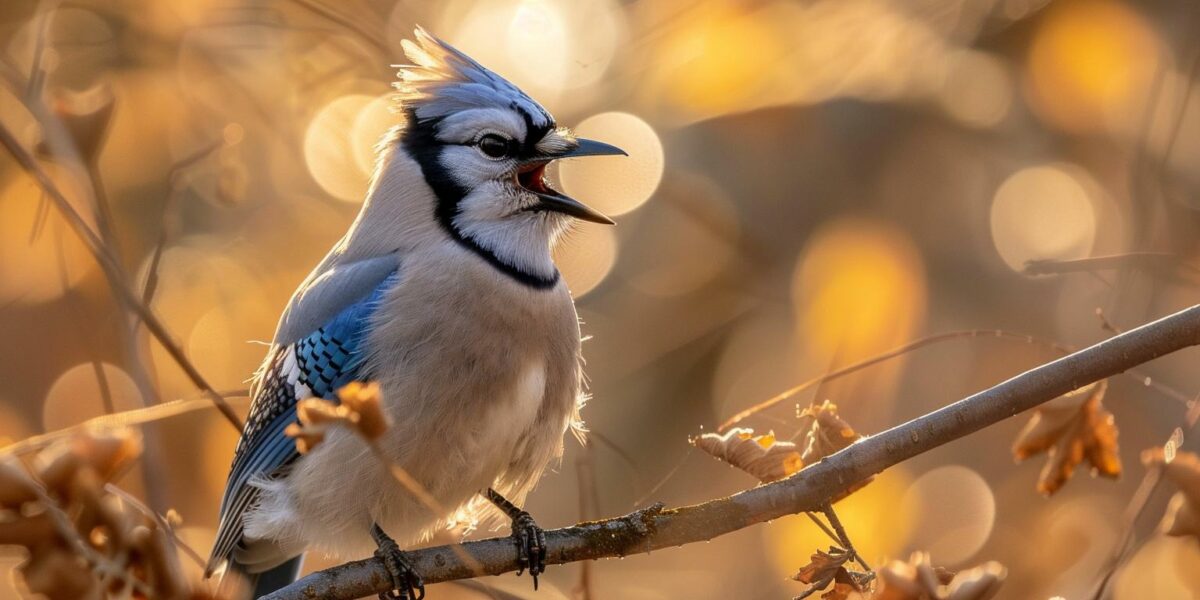Impact of Rising Temperatures on Bird Populations
As record-high temperatures persist worldwide, we often discuss our own methods of staying cool. But what about our feathered friends? Birds such as blue jays, chickadees, and cardinals continue their daily routines, yet they face increasing threats due to climate change. Their habitats are evolving, forcing them to adapt or perish.
Climate change is a significant threat to bird species in the U.S., with two-thirds at risk of extinction. Habitats that once provided ample resources are no longer viable. Migratory birds may find their usual nesting sites barren and unwelcoming, making survival difficult.
Changes in climate disrupt essential factors for birds, such as nesting conditions and food sources. Birds can’t rely on weather forecasts as humans do; instead, they depend on natural cues like day length and magnetic fields, which are becoming less reliable due to climate shifts.
Audubon’s research indicates that stabilizing carbon emissions could significantly benefit vulnerable bird species. By limiting temperature rise to 1.5 degrees Celsius, many species would find improved conditions, reducing their risk of extinction. This emphasizes the urgency of addressing global warming.
Challenges and Solutions in Renewable Energy
Reducing carbon emissions is crucial, but the implementation of renewable energy sources has faced opposition. Wind turbines and solar panels can potentially harm bird populations if not correctly placed. However, research suggests that strategic placement can mitigate these effects, making renewable energy a viable solution.
One innovative approach involves painting turbine blades black, which has shown to decrease bird collisions. Additionally, solar panels on rooftops are highly effective, although there is resistance to larger solar fields. These fields can serve dual purposes by integrating wildlife habitats.
Effective measures include:
- Placing wind turbines away from migration paths.
- Designing solar fields that support local ecosystems.
- Painting turbine blades to reduce bird collisions.
These strategies illustrate how thoughtful planning can support both renewable energy and bird conservation.
As we adopt these practices, we must balance our energy needs with wildlife protection. Seeing these measures through requires commitment and innovation, reflecting a broader effort to combat climate change while preserving biodiversity.
Practical Steps to Help Birds in Our Communities
Birds are visibly struggling with extreme heat, often seen panting to cool down. Homeowners can make a significant difference by providing water sources in shaded areas. Keeping this water cool and accessible is vital for bird hydration and well-being.
Creating shade is another effective measure. Planting a variety of trees, shrubs, and grasses can offer birds much-needed respite from the sun. A layered approach to planting can significantly enhance the habitat, making it more hospitable for various bird species.
Moreover, incorporating native plants into gardens can support bird populations. Native plants attract a wide range of insects, offering a diverse diet for birds. These plants are also more resilient to climate changes, benefiting both birds and gardeners alike.
By reducing our carbon footprint and fostering bird-friendly environments, we contribute to a healthier ecosystem. Lower temperatures and fewer emissions help preserve habitats. The Audubon maps clearly show that even a modest reduction in temperature rise can have a profound impact on bird conservation.
Conclusion: A Call to Action for Bird Conservation
The plight of our birds under climate change requires immediate attention. As temperatures rise, their habitats and migration patterns are increasingly disrupted. By understanding these challenges and implementing practical solutions, we can help safeguard their future.
Embracing renewable energy while minimizing its impact on wildlife is essential. Thoughtful placement of wind turbines and solar panels can mitigate risks to birds. These measures, combined with local conservation efforts, can make a significant difference.
In our communities, simple actions like providing water and planting native vegetation can offer immediate relief to birds. These steps not only enhance our local environment but also contribute to the broader fight against climate change.
Our commitment to reducing carbon emissions and creating bird-friendly habitats is crucial. By taking action now, we can help ensure that future generations will continue to enjoy the sights and sounds of our cherished bird species.



Luna
Nice article, but you might want to check your facts on solar panels and bird collisions.
brooklyn
I’ve noticed fewer birds in my area recently. Could this be due to climate change?
luis_flare
Can you provide more details on how to strategically place wind turbines to avoid bird migration paths?
Logan
Are there any organizations actively working on these renewable energy solutions?
Sebastian
Great tips on planting native vegetation! My garden could use some bird-friendly updates.
smokeyblizzard9
Interesting read, but how effective are those black-painted turbine blades really?
LoganSylph
This is so sad! 😢 We really need to do more to protect our birds.
Leo_Elysium3
Is there a specific species of bird that is most at risk due to climate change?
charlie
Thank you for shedding light on such an important issue! What are some easy ways we can all help locally?